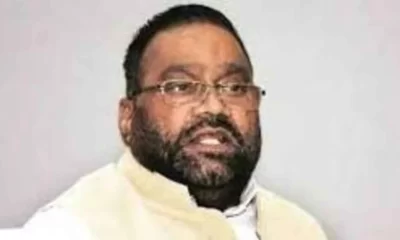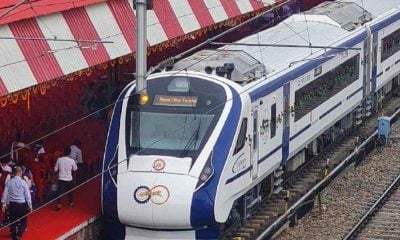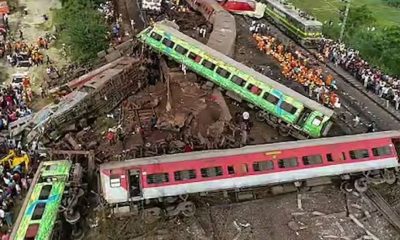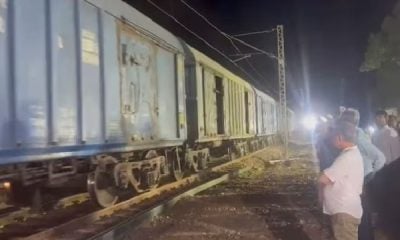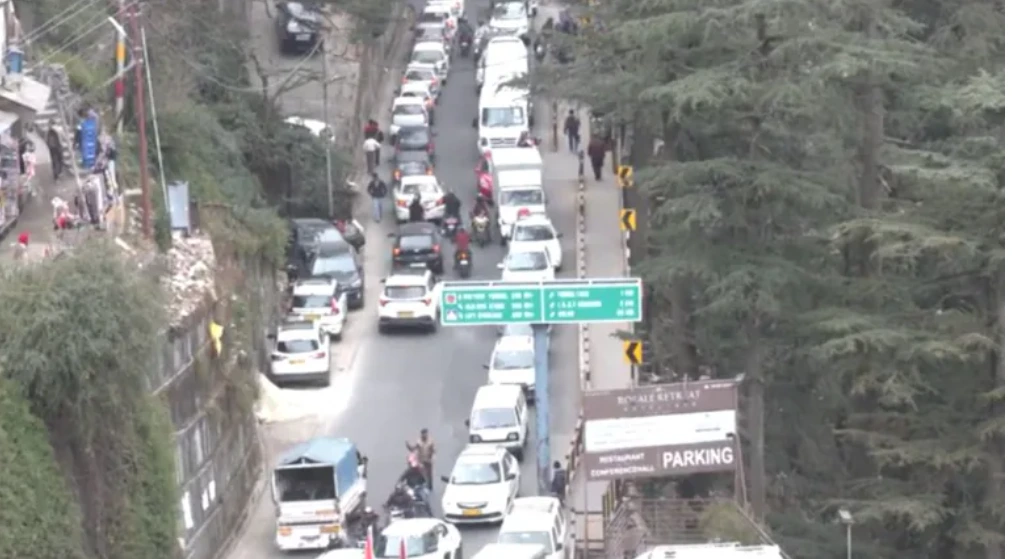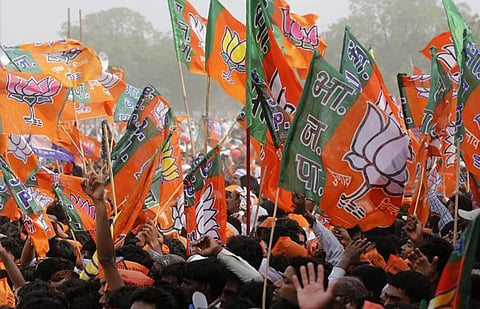India News
Railway Minister Ashwini Vaishnaw trolled over missing Kavach after Odisha train accident
Railway minister Ashwini Vaishnav said a high-level probe panel has been set up to look into what happened exactly before the two passenger trains on different lines derailed and collided. There is another question arising on the Coromandel Express’ wrong track.

India News
AAP targets Delhi LG with Ghajini dig over pollution row, BJP hits back
AAP’s ‘Ghajini’ dig at Delhi LG over air pollution has drawn a sharp response from the BJP, escalating the political blame game as the capital’s AQI remains poor.
India News
Traffic slows in Himachal Pradesh as year-end tourist rush chokes roads to Shimla, Manali
Heavy tourist inflow during the Christmas-New Year period has slowed traffic in Himachal Pradesh, with Shimla, Manali and Dharamshala witnessing long vehicle queues.
India News
BJP gets its first mayor in Kerala as VV Rajesh takes charge in Thiruvananthapuram
The BJP has created history in Kerala after VV Rajesh was sworn in as Thiruvananthapuram’s first mayor from the party, ending decades of CPM control over the civic body.
-

 India News10 hours ago
India News10 hours agoBJP gets its first mayor in Kerala as VV Rajesh takes charge in Thiruvananthapuram
-

 India News12 hours ago
India News12 hours agoVeer Bal Diwas reflects courage, conviction and righteousness, Says PM Modi
-

 Entertainment8 hours ago
Entertainment8 hours agoDhurandhar box office collection crosses Rs 1,000 crore worldwide in 21 days
-

 India News14 hours ago
India News14 hours agoTrain fares increased from December 26: check revised ticket prices across classes
-

 India News14 hours ago
India News14 hours agoDelhi air quality improves slightly but stays in poor category
-

 India News8 hours ago
India News8 hours agoAAP targets Delhi LG with Ghajini dig over pollution row, BJP hits back
-

 Latest world news7 hours ago
Latest world news7 hours agoIndia flags attacks on Hindus in Bangladesh as worrisome after recent lynchings
-

 India News8 hours ago
India News8 hours agoTraffic slows in Himachal Pradesh as year-end tourist rush chokes roads to Shimla, Manali

